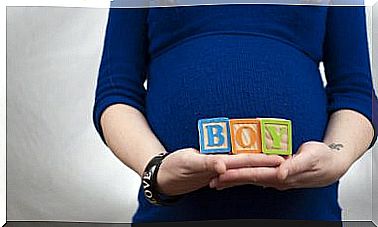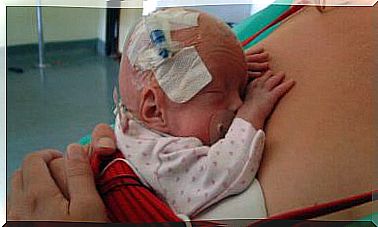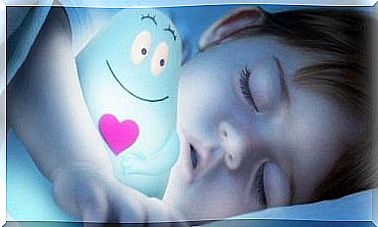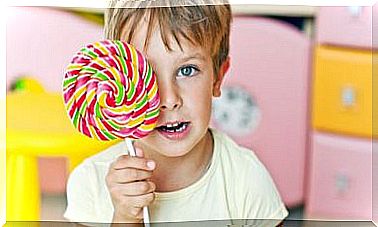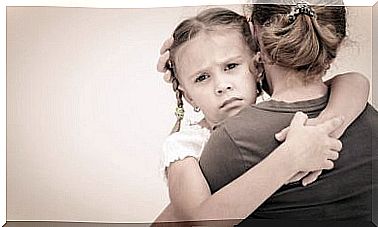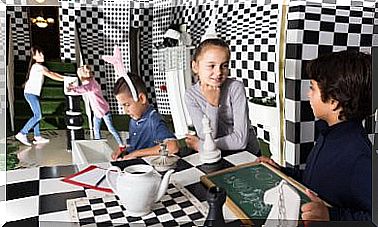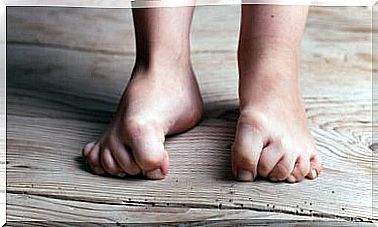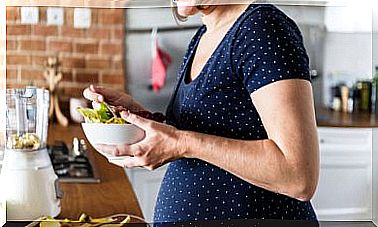5 Tips To Lower Fever In Children
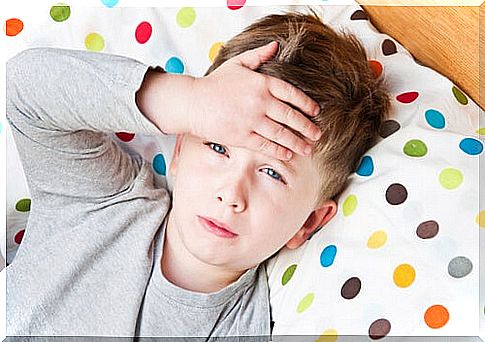
Parents’ knowledge about how to lower fever in children is a priority. An uncontrolled feverish condition can cause seizures and, if the child suffers from a chronic disease, the risk is greater. After 37.8 degrees Celsius has passed, we must be on alert.
Fever is basically a symptom that alerts us that something is wrong. In general, this is activated in the presence of a virus or external infection that has entered the body of our little one.
The good news is that there are many methods we can turn to when the temperature rises to unwanted levels. Next, we will see some practical, safe and natural tips that will be useful.
Methods to lower fever in children
Place cold water cloths
When the temperature gets too high, the first step should be to lower it. One of the traditional tricks that our grandmothers have taught us is to refresh with compresses or wet cloths.
These should be damp and preferably cold, but not too cold. In this way, we will combat the discomfort caused by fever in the little one and alleviate his migraine and headaches.
In addition, you can also alternate and place the moistened material on the child’s neck and wrists. In this way, the feeling of cooling will have a greater reach.
Bathe the little one with warm water
Many mothers are afraid to bathe their children when they have a fever, but in reality this is not contraindicated. In fact, a bath can lower fever in children or even babies; something else is the need to follow some guidelines.
In this sense , the correct thing is that the water is at room temperature or a maximum of 34 degrees Celsius. The bathroom can be with a shower, although it has a better effect to lower fever in children when it is immersed in them.
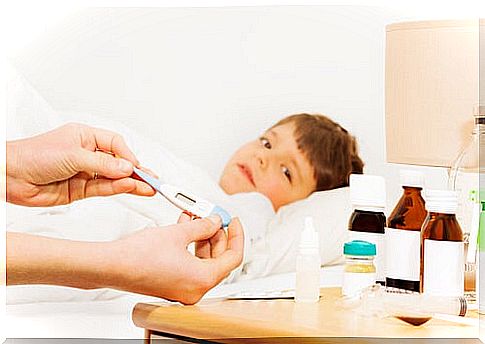
Always remember that it is important to avoid sudden changes in temperature in the child. In this way, before and especially after bathing and contact with water, the child must be well wrapped up.
Liquid diets help overcome any feverish symptoms
Whether due to a virus or an infection, drinking fluids is the best way to improve the little one affected . We must remember that, with fever, a significant amount of sweat and fluids are lost; The consequence may be a risk of dehydration in the child, with the danger that this entails.
In this way, when there is a fever, the little ones should drink a lot of water, soup and natural juices. In addition, the entry and flow of liquid will also contribute to the internal cooling effect of the child’s body.
Water is practically an internal regulator of our body; contributes to the immune system in its restorative work and fight against viruses. In this vital liquid is the key to any recovery.
Lower fever in children: also refresh the environment
Many times we think that the improvement is only in the measures we take to refresh the child’s body. Actually, an important part of reducing fever in children has to do with the environment.
The environment is important, and when the little one has a fever we must cool the room; There must be air flow in the room, taking into account that the little one must be well wrapped. In this way, a more pleasant thermal sensation will be achieved for the child.
On the contrary, having a hot climate in the room will only make things worse and increase the child’s internal temperature.
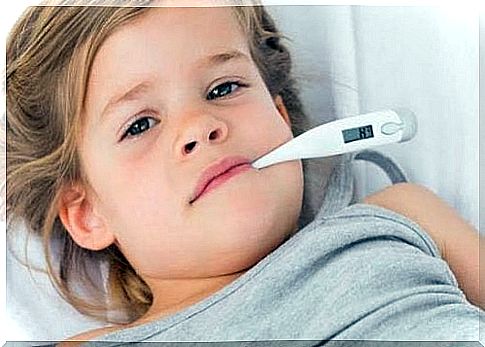
Alternating between sleep and movement
It is important to try to lead the life model in the most natural way possible during the feverish situation. In both children and adults, sleep is a recovery mechanism for the body ; therefore, we must always create the best conditions for our little one to sleep.
For example, movement is very positive and that babies walk a little, avoiding being completely inactive. This little exercise will also help you when it comes to falling asleep.
When the fever in the child exceeds 40 degrees Celsius, it is essential to go to the emergency services. If the condition is minor, it will be enough to refresh, hydrate and offer rest to our little ones.

